Duscussion about the future of Soviet Cinemas
Discussion topics as part of the opening of Competition to create the redevelopment concept for the two Moscow cinemas — Varshava and Voskhod.
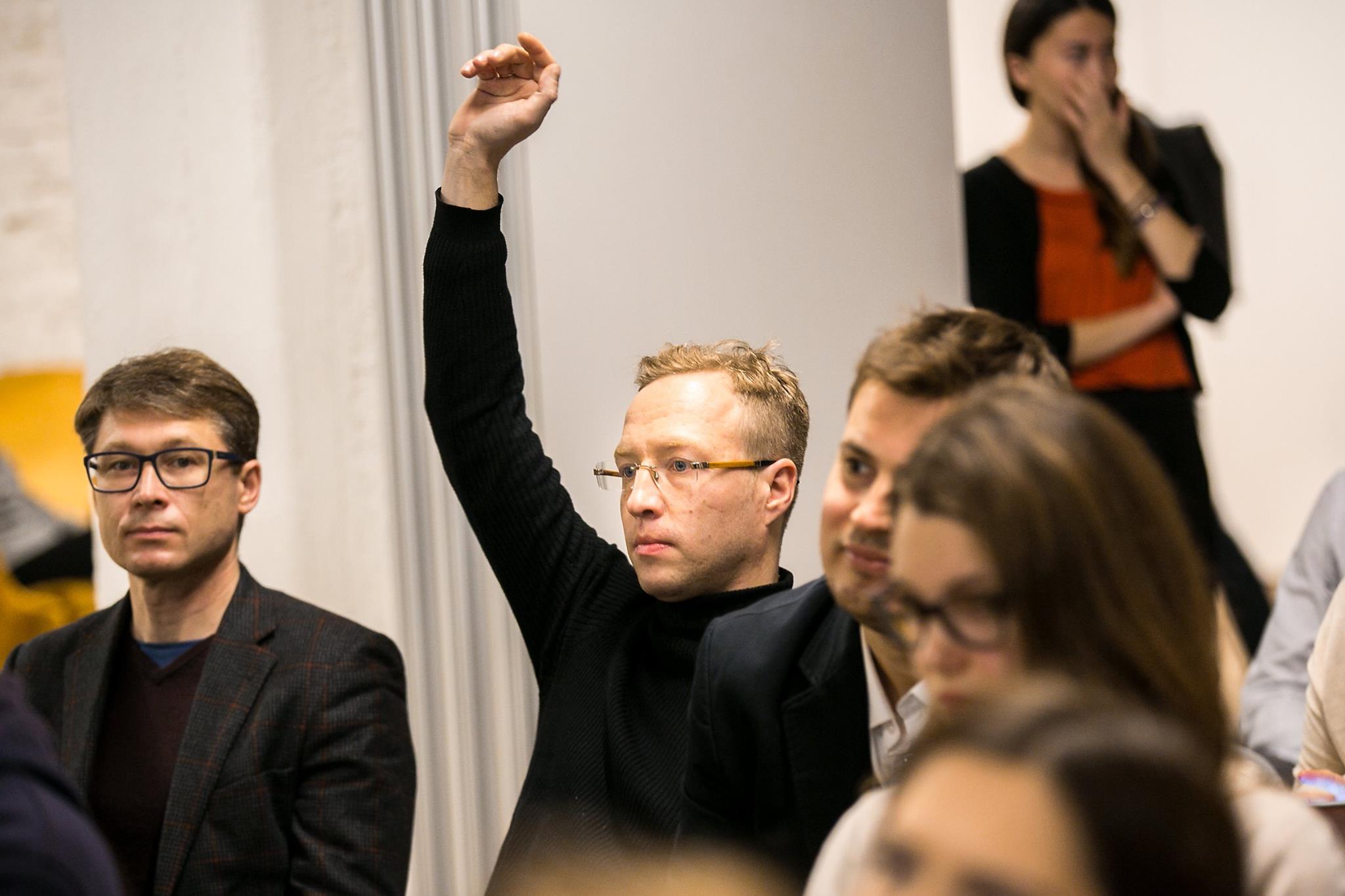
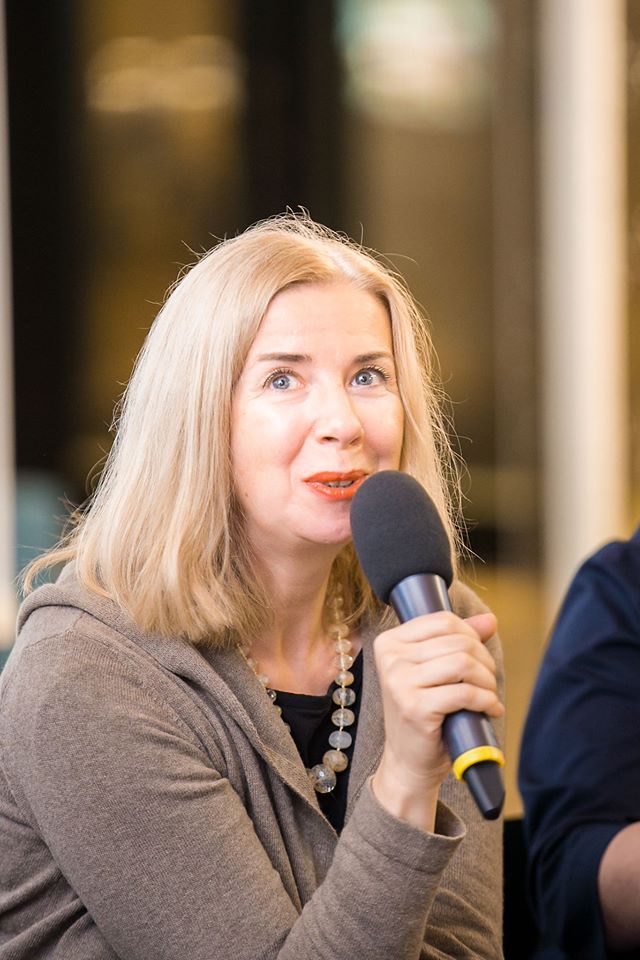
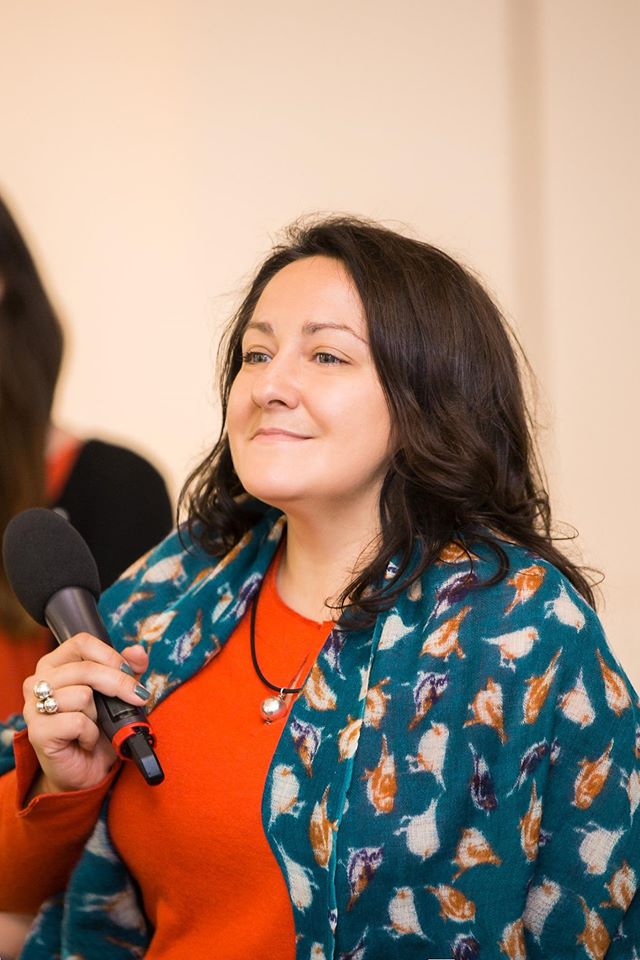
Sergey KuznetsovMoscow Chief Architect

“MANY OF US WERE BROUGHT UP IN PERIPHERAL CITY DISTRICTS, WHERE WE ALSO HAD LOCAL CINEMAS. IN THE THEN-EXISTING URBAN PLANNING SYSTEM, CINEMAS WERE THE SYMBOL OF THE ERA, CENTERS OF ATTRACTION, WHERE PEOPLE COULD MEET TOGETHER. THE POLICENTRIC MODEL FOR THE CITY IS TO INCREASINGLY TAKE INTO ACCOUNT THIS PARTICULAR COMPONENT OF THE LOCAL CENTER.”
The objective of this competition is to highlight this function of the cinema, the local coziness of these places, the individuality that they brought to these areas. Despite the fact that they were created at a time when many cultural sites were similar to each other, they were unique and had their own flavors.
Despite the creative nature of the competition, we should understand that this is primarily an utilitarian task, and it has a social function. We are not planning to make a museum or sports facility out of the cinema. This is a standard urban project. The architects will focus on trying to help it find its own way, to make it favorite place for local residents.”
Grigory PechorskyManaging Partner of ADG Group
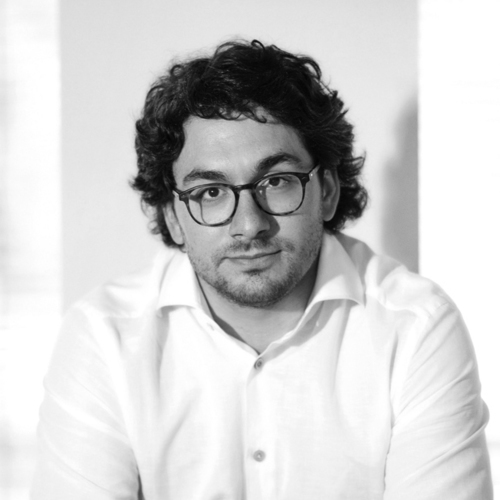
“WE DON’T HAVE A CLEAR UNDERSTANDING AS TO WHAT HAS TO BE THERE IN THE END. WE UNDERSTAND WHAT IS HAPPENING IN EVERY DISTRICT, BUT WE WOULD LIKE TO HAVE A CREATIVE APPROACH TO PROJECTS, AS THEY WILL IMPACT THE FUTURE. FIRST OF ALL, WE WANT YOU TO LOOK AT THE CINEMAS AS LOCAL RESIDENTS. WE DON’T PLAN TO CREATE MASSIVE STRUCTURES, BUT WE WANT TO PROVIDE THE DISTRICTS’ RESIDENTS WITH SMALLER INFRASTRUCTURAL FACILITIES, WHICH WILL ENABLE US TO IMPROVE THE QUALITY OF LIFE.”
Varshava is located in a well-established district, featuring good infrastructure. It has a very coveted location. It is located just opposite the Metropolis Center, which houses a 14-hall cinema. So, we should not create just another cinema, but we should approach the task creatively and understand what people want.
The infrastructure in the district, where Voskhod is located, is much smaller. This district does not currently have much to offer — both in terms of cinemas, as well as social and entertainment services, which people need on a daily basis. Thus, if we look at the project overall, we would like to create a very specific set of functions for each of the buildings. We want to roll out a set of functions, which people really need. Not for us, as a business, or the city as an institution of power, but, primarily, for local residents.
Yelena GonzalesArchitectural Critic, Director of MARSh Lab, Member of SOVMOD Group
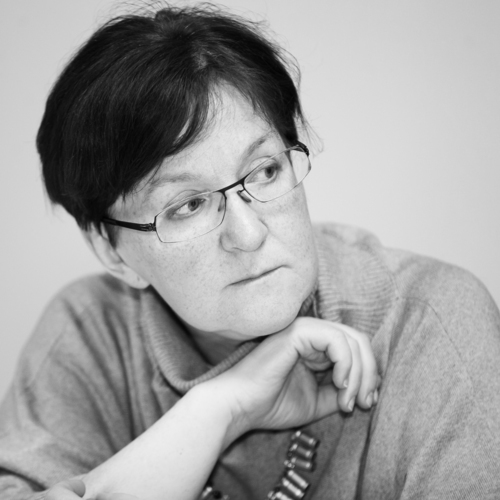
“FACILITIES, BUILT IN THE 1960s AND 1970s ARE MAINLY CHARACTERIZED BY THE PHENOMENON DESCRIBED AS “NON-ATTACHMENT TO THE LOCATION” — THIS IS A GLOBAL ISSUE, WHICH WE SEE WHEN LOOKING AT CONSTRUCTIONS DURING SOVIET TIMES. HOWEVER, I WOULD LIKE TO STRESS THAT THEY ARE PROJECTS OF THE HIGHEST QUALITY.”
Everything was built as part of the concept “My address is not a house or a street, my address is the Soviet Union”. At that time, people did not have clear connections to particular place, house or street There was a great community of people, united by the territory of the Soviet Union.
For people to understand each other and share ideas, there was the need for a common language, and this figurative language was the language of architecture, reflected in Soviet buildings. Whenever you were across the Soviet Union, you would always be able to find similar buildings.
Is this bad or good? On the one hand, it is bad because everything is the same, but on the other hand, it is good as the buildings are of a high quality, whether in a city or a suburban area.
During the last 7 years, municipality budget funds have been provided in the amount of 625 thousand rubles to maintain the cinema. This is not much for Moscow, but at the same time it is not an economically viable model. The question arises: How can we make these cinemas economically viable?
I would like to stress once again that the quality of the buildings and architecture is very high. And we should not treat the standard project as visual garbage. It is important to understand the value of the architectural contribution from those times, the construction culture and design philosophy.
Anna BronovitskayaDirector of Research at Moscow’s Institute of Modernism
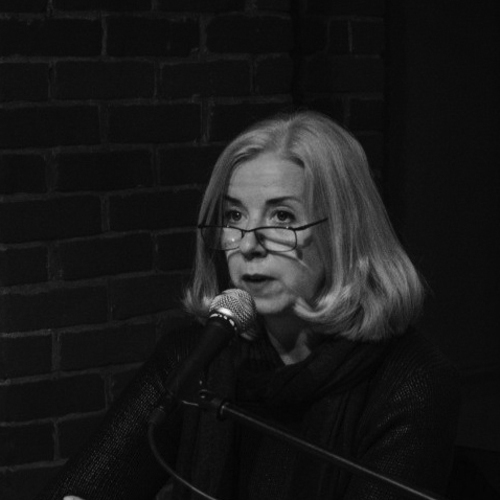
“IN LINE WITH THE 1971 GENERAL PLAN, THE CINEMAS WERE VIEWED AS A LINK FORMING THE PUBLIC CENTER OF THE DISTRICT. THE NEW RESIDENTIAL AREAS WERE CONSTRUCTED ON A MASS SCALE, INCLUDING THE PUBLIC CULTURAL CENTER, AND THE CINEMA PERFORMED THIS FUNCTION.”
In 1971, for every 1,000 people there were 12.6 seats in cinemas. The target figure was 20 seats per 1,000 people.
Cinemas constructed in those days were mostly massive detached buildings. They were large since they had to serve as centers of attraction. And today this massive scale poses a problem, as the smallest of the cinemas has a capacity of 600 people with two large halls, which are not economically viable. At that time, nobody cared that the gigantic halls would only be half-filled. Today, these drawbacks in the planning structure are having a strong impact on the capabilities to utilize the existing space.
In 1971, the order from the Mosgorispolkom was issued, according to which the role of cinemas was to be increased in the Communist education of the Proletariat. In this regard, it was necessary to diversify the functions of the cinemas. They were to be adapted for speeches, concerts, plays and meetings. That is why, they had additional functions and rooms created. There was an understanding that the cinema could not act as a mono-functional facility.
In front of each cinema, there was a public space. Today, it is either a parking lot, or a weekend market.
Kirill PuzanovChief Scientific Specialist of the Moscow Institute for Social and Cultural Programs
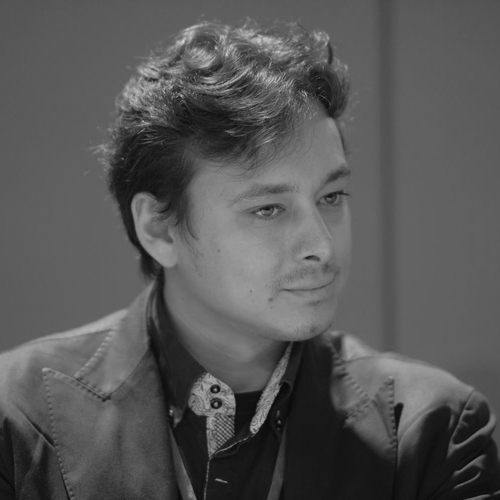
“THE ISSUE WHICH RESIDENTS MAY PRESENT IS “WE HAVE NOWHERE TO WALK”. THIS IS NOT LINKED TO THE ABSENCE OF PARKS AND INFRASTRUCTURE, BUT MAINLY TO THE ECOLOGICAL FUNCTION (DOES THE PARK WHERE I WALK DELIVER ON ITS FUNCTIONS: IS IT GREEN, NICE, ETC.). ANOTHER ISSUE ARISES CONCERNING THE PRESENCE OF ABSENCE OF MEANINGFUL COMPONENTS.”
In fact, the phrase “no place to walk” in the answers from respondents means “no reason to walk”.
The approach for kids and adults is different. They have fundamentally different geographical roles. Additional sites for adults should be convenient in terms of being pleasant and relaxing, and they should be located near homes.
Engagement in cultural practices increases engagements in city’s life and the satisfaction of living on a particular territory. It is also important to note that long-term absence of cultural infrastructure leads to people forgetting about cultural venues and losing the habit of going there, and this can be difficult to restore.
Nikita TokarevDirector of MARSh School
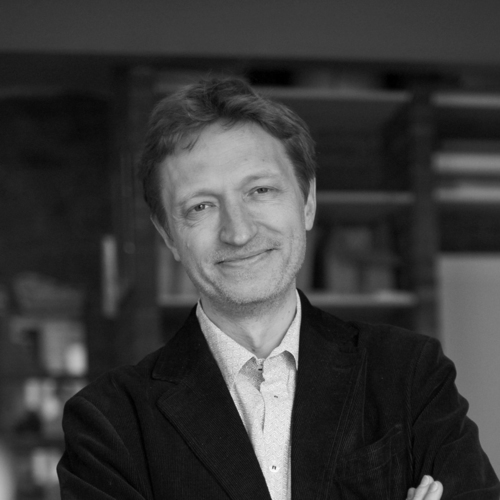
“THE CINEMA WAS A NETWORK CONNECTING DISTRICTS AND CREATING A CHAIN OF CULTURAL INSTITUIONS AND SIMILAR LIFE CONDITIONS ACROSS VARIOUS PARTS OF THE CITY. JUST LIKE A NETWORK OF LIBRARIES OR HOUSES OF CULTURE. AND WHILE NETWORKS, FOCUSED ON EVERYDAY LIFE SUCH AS HOSPITALS AND SCHOOLS FUNCTION MORE OR LESS WELL ENOUGH, THE CULTURAL INSITUTIONS TURNED OUT TO BE MORE FRAGILE”.
We need to create the district social centers and develop the habits, about which we spoke above, event before the newly renovated cinema has been opened. In this connection, we started to think about the temporary structures. Some sort of info-boxes, located nearby the cinema. These are to act as a catalyst for activities within the district. In this way, we will be able to develop the habits for using these places and recreate the cultural links.
Narine TutchevaArchitect, founder of Rozhdestvenka Architectural Bureau
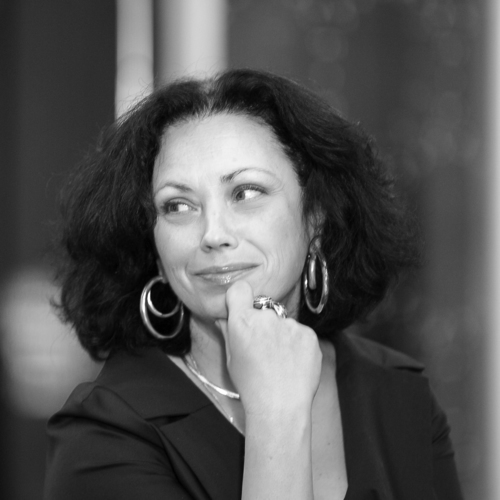
“REDEVELOPMENT AND RECONSTRUCTION ARE ALWAYS CHEAPER AS COMPARED TO BUILDING NEW FACILITIES. I AM COMPLETELY CONVINCED, ALTHOUGH THIS POSTION IS STILL BEING ARGUED. WE NEED TO TAKE A BETTER LOOK AT WHAT WE HAVE, WE SHOULD NOT DESTROY SUCH FACILITES, BUT USE THEM MORE OFTEN.”
Additionally, these facilities have for a long time acted as a positive place for locals to meet. In my opinion, this is a historical heritage. It is important and we need to take care of it.
The population has changed and it has diverging interests now. We need to take this into account. The new spaces have appeared, which can be divided into two broader categories: public and private. In Europe, there are many cases, when the redevelopment projects bring together the educational and commercial components. It is important to have balance between the cultural and commercial components.
Nikolay LyzlovArchitect, Director of AML Architectural Workshop
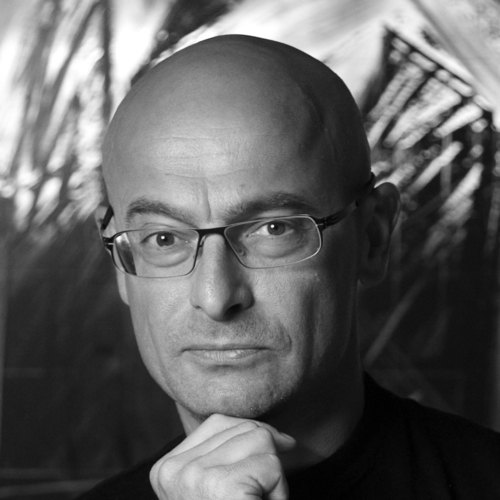
“THE MAIN OBJECTIVE FOR URBAN PLANNING AND URBANISM IS LEVELING THE QUALITY OF LIFE IN ORDER TO ELIMINATE THE NEED TO TRAVEL ELSEWHERE. WE SHOULD ADDRESS THE STEREOTYPE, ACCORDING TO WHICH THE CENTER SHOULD HAVE THE BEST OF THE BEST.”





